" Is it possible to emulate thyristor behavior at Mhz speeds?
Not likely. But it can make a perfect set only latch.
Maybe with the right transistor geometry in the same package that can dissipate 50% of max rated power and add snubbers for dV/dt which may easily trigger falsely and stay ON.
The facts are a Discrete cannot easily mimic the monolithic SCR. The PNPN junctions is different from the PNP<>NPN as the middle NP junctions will never match in discrete devices and the diode junction capacitance increases at high Amp ratings at V=0.
The base ends up drawing much more than 10% of the load at turn ON instead of what you might expect with hFE reducing down from 100 towards Vce(sat) ratings of 10:1.
Here is a quick simulation.
The BJT pair drops 2V at 0.5A and you must derate the 1W shared dissipation here and cannot use a TO-92.
See below using 24Vp 1MHz with 50 Ohm load.
Another demonstration shows it triggers by itself with 0V input unless Vbe is shunted by 100//220, then once triggered, it won't switch off due to junction capacitance between C-B's.
Note that Vbe rises to 0.9V ( scaled *10)
Then @jp314 reminded of the Baker clamp and I got something working for 1 cycle using two (2) 0.1 uS pulses delayed 30 degrees with the rectified 24V 100W 1MHz power source.
Conclusion
The better solution to this hypothetical problem is to define the loads, voltages and currents and consider a Dual half-bridge IGBT or FETs.
Additional comments
Q1 NPN gets the higher Vbe so PNP Q2 base and diode shares very low power.. That diode doesn't make much difference to guarantee cutoff. The Schottky diodes makes a huge difference. Also the NPN base resistance conducts a great deal of power and must be beefed up accordingly, unlike heavily doped discrete parts with tiny BE junctions.. You may examine the NPN Base current in my simulation it's alot more than the typical 10:1=Ic:Ib and depends on Rbe.
The PNP B-E resistor vs diode argument was considered in my simulation and I found no performance enhancements . But the Baker Clamp to prevent saturation capacitance reocvery times is essential for the discrete attemp.
This design idea is not recommended to attempt except for personal experience. Examine the simulation to save time.
 https://electronics.stackexchange.com/a/344346/65001
https://electronics.stackexchange.com/a/344346/65001 https://www.ppi-uk.com/news/thyristor-controlled-rectifiers/
https://www.ppi-uk.com/news/thyristor-controlled-rectifiers/